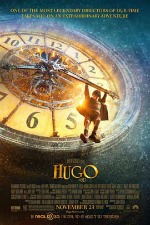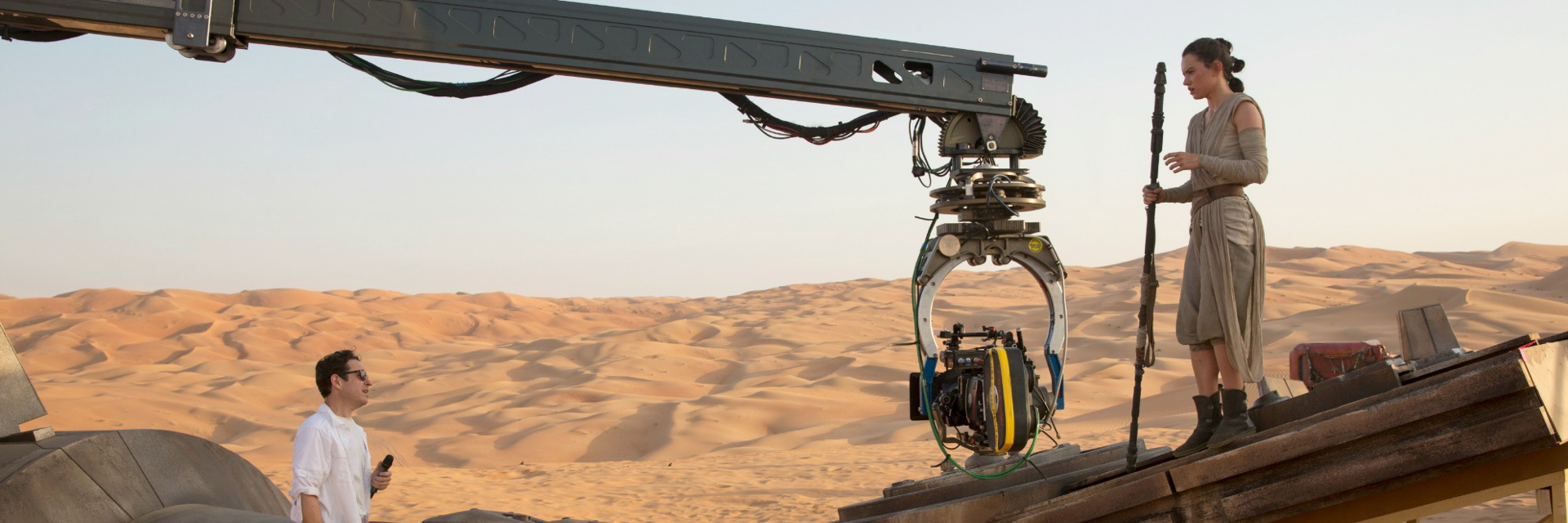Thankfully, two of the finest demonstrations of 3D this year come to theaters this Thanksgiving weekend (Nov. 23, 2011) in “Arthur Christmas” and “Hugo”:
 * “Arthur Christmas“ is easily the more broadly enjoyable of the two. It’s hard to imagine anyone not finding this clever twist on Santa Claus charming and delightful.
* “Arthur Christmas“ is easily the more broadly enjoyable of the two. It’s hard to imagine anyone not finding this clever twist on Santa Claus charming and delightful.
The computer-animated family film from British production company Aardman, traditionally known for stop-motion films such as “Wallace and Gromit” and “Chicken Run,” has delivered an unexpected holiday gift for Sony Pictures Animation.
The story follows three generations of the Claus family trying to come to grips with the transition of leadership to the next in succession. With the current Santa (Jim Broadbent) of retirement age and showing signs of slipping, the likely next-in-line is eldest son Steve (Hugh Laurie), who has been preparing for the day for years with his high-tech mechanization and military style management of the entire North Pole process, including a super-sonic sleigh. But the even older GrandSanta (Bill Nighy) favors the traditions of his day and the passion of his younger unassuming and nerd-ish grandson Arthur (James McAvoy).
It all leads to a slightly predictable but nonetheless amusing scenario in which young Arthur finds himself trying to save the day using his Grandsanta’s dilapidated sleigh led by the few surviving reindeer to reach the chimney of a young girl who was inadvertently bypassed by Steve’s digital distribution.
Director and co-writer Sarah Smith, with the assistance of Sony Pictures Imageworks, uses the 3D to good effect in almost every shot. While it seldom pushes off the screen very much, the depth and space between objects close and far is palpable throughout, especially in scenes depicting the factory command center full of tiered rows of elves, and the aerial shots from the perspective of the sleighs.
 * “Hugo“ is full of heart and a loving tribute to one of the original pioneers of cinema, Georges Méliès of turn-of-the-century France. The film, set in a train station in 1930s Paris, takes awhile to build up a head of steam and feels more like a period European film for its long-ish running time of more than two hours.
* “Hugo“ is full of heart and a loving tribute to one of the original pioneers of cinema, Georges Méliès of turn-of-the-century France. The film, set in a train station in 1930s Paris, takes awhile to build up a head of steam and feels more like a period European film for its long-ish running time of more than two hours.
But the sweetness and sentimentality of the story about an orphaned young boy trying to complete the dream of his father while secretly keeping the giant station clock tower properly wound up, is sincerely conveyed by director Martin Scorsese and the cast of Ben Kingsley, Sacha Baron Cohen, Asa Butterfield, and Chloë Grace Moretz.
Even more impressive is Scorsese’s use of 3D, which greatly enhances the impact of the story, subliminally drawing the audience in visually, as it should. He also uses 3D to create more obvious dynamic effect, starting with the first scene in which the camera moves at a fast pace through the station, past the trains, and between the crowds to immediately establish the setting and the feeling of the hustle and bustle far more effectively than could be done in traditional 2D.
Likewise, 3D provides a far more dramatic visualization of the enormous vertical scale and scope of the station clock tower to initially enhance the sense of detachment of Hugo from the swarms below, and later to emphasize the scope of his view of the Paris skyline, and finally to create a heightened sense of fear and suspense during a chase to the top of the staircase.
Even Méliès’ iconic film “A Trip to the Moon” gets a tantalizing 3D makeover, as well as impressive colorization.
— By Scott Hettrick
